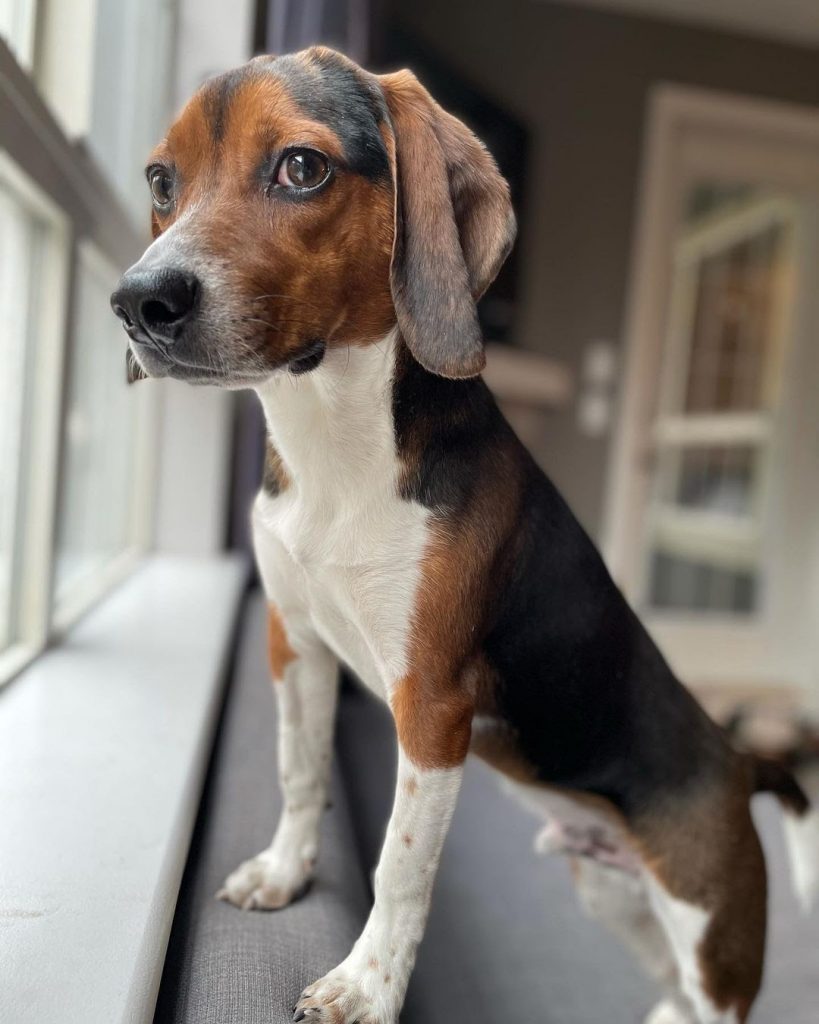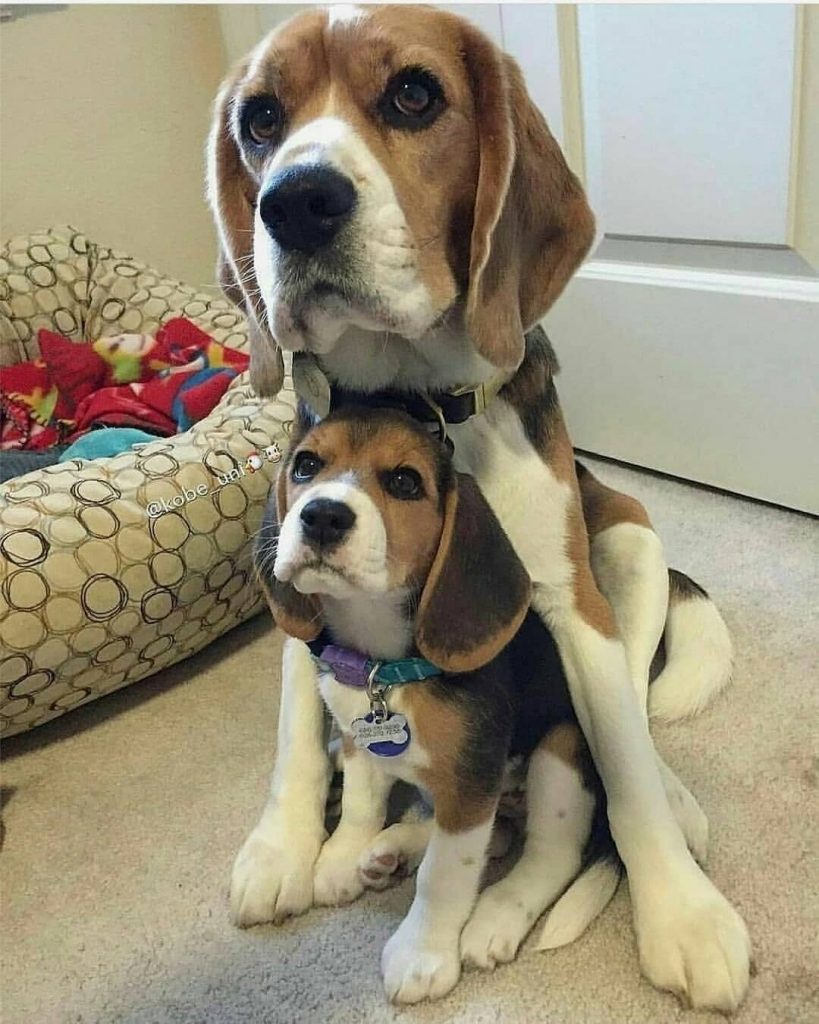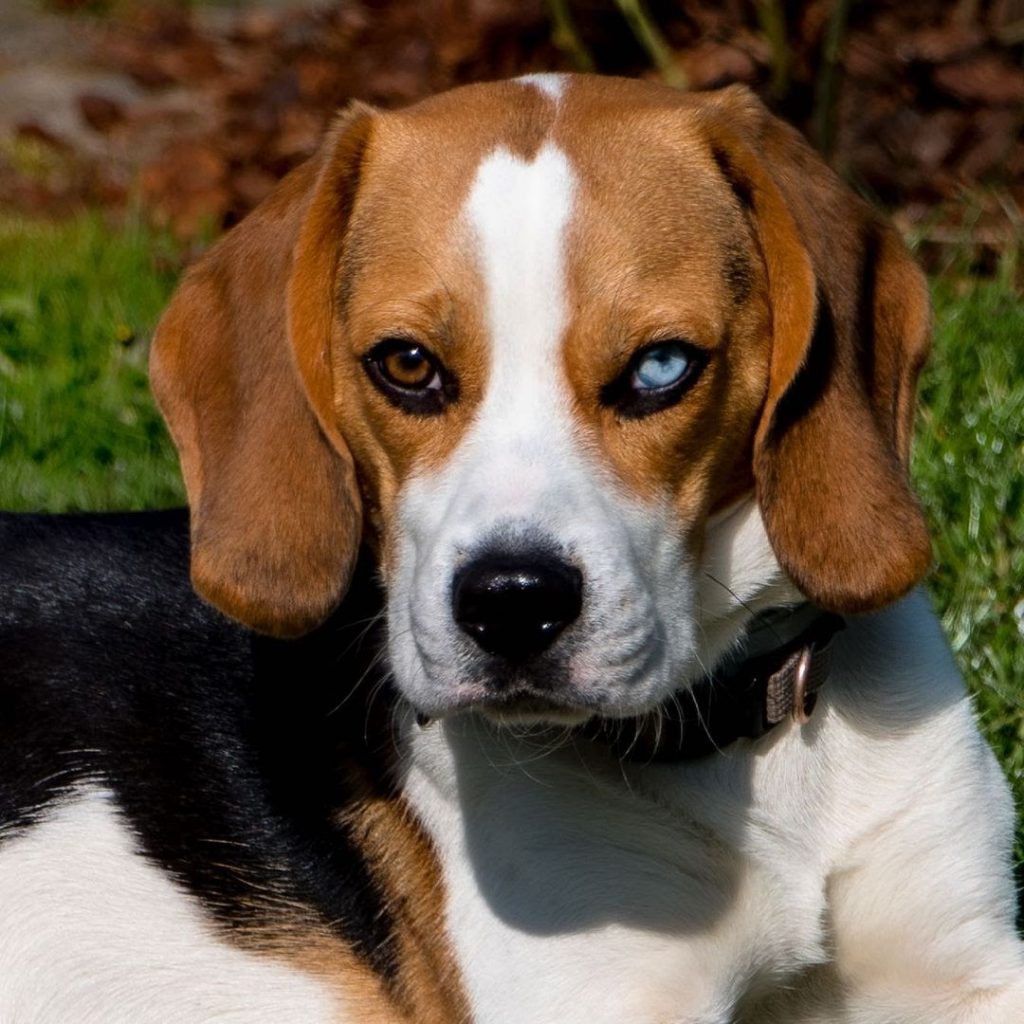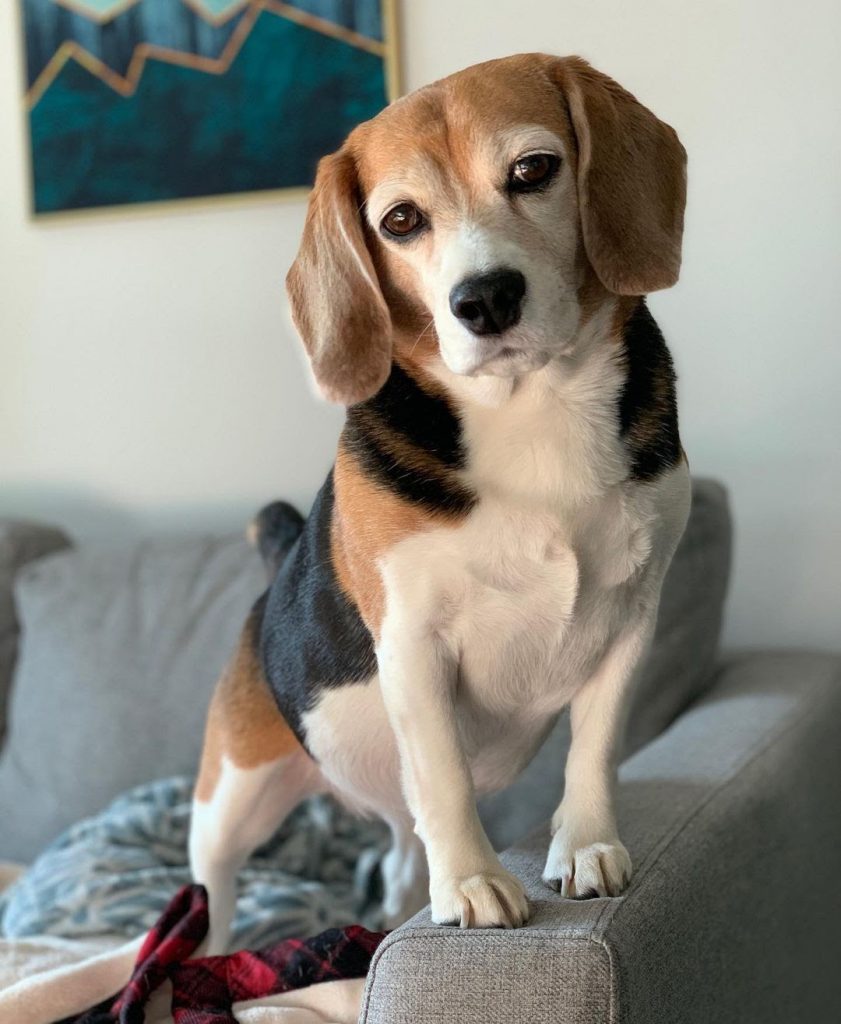How Big Does a Pocket Beagle Get? 3 Factors That Impact His Growth


The information regarding the size of the regular Beagle is readily available anywhere as he is one of the renowned dog breeds worldwide. Due to his popularity, several Beagle mixes emerged, and along with that is the recreation of the Pocket Beagle, which is much smaller and compact.
The Pocket Beagle retains all the characteristics and features of the Beagle. Intentionally bred to become a mini version of the standard breed, the Pocket Beagle is expected to be anywhere under 13 inches in height and complemented by 7 to 15 pounds on average weight.
These miniature scent hounds are great apartment dogs as they won’t require too much of your space. However, they would still need responsible owners who can assist these pooches as they grow.
Table of Contents
When Does a Pocket Beagle Stop Growing?
At about 8 months, your purebred Pocket Beagle will reach his full height and it would take another 10 months before he achieves his adult weight. This does not necessarily mean that he will no longer get any heavier as this pooch is an eating machine, however. Pocket Beagles adore food that they will gulp whatever you give them which makes them prone to obesity.
As an owner, it is crucial that you closely monitor how much your pet eats in a day as this “chowhound” will simply keep on overeating. It is ideal to keep his weight in check as this will have positive results on his health in the long run.


On another note, Pocket Beagles have an expected size lower than what is required by several major kennel clubs such as the American Kennel Club (AKC). What that means is that generally, the smaller a dog’s final weight is, the sooner he stops growing.
Therefore, a Pocket Beagle who has been genetically predisposed to be 10 pounds will stop growing for only about 6 months as opposed to a 20-pound dog who may be done growing in 14 months.
Additionally, Pocket Beagle puppies will notably grow both in height and weight until 12 months. When this mark is surpassed, growth will slow down considerably and gender may come into play. Males are typically larger and heavier than their female counterparts.
Pocket Beagle Size vs Regular Beagle


A Pocket Beagle is at least 25% smaller than the Regular Beagle. Since both dogs appear alike, the only way you could tell them apart is by observing the size of their features. Pocket Beagles have shorter legs and body parts that are much small-scale than that of the standard Beagle breed.
The jaws also tell a lot as a regular Beagle has it more defined and square-shaped as opposed to a mini Beagle’s narrower and slightly pointy side profile.
What largely affects the size difference is the body composition of the two dogs. Pocket Beagles are usually the result of various breeding practices whilst retaining the Beagle look.
With that, it becomes less likely to happen that the ideal height and weight set by kennel clubs can be achieved by the Pocket Beagle.
Pocket Beagle Weight Chart
Knowing that Pocket Beagles don’t undergo only one type of breeding process, the weight will always vary. However, we have here an average weight chart which you can base on for your Beagle pup up until he reaches his full adult mass:
| Age in months | Weight in Pounds |
| 3 | 3-6 |
| 6 | 10-13 |
| 9 | 13-15 |
| 12 | 15-18 |
3 Factors That Impact the Pocket Beagle’s Growth


Pocket Beagles don’t solely grow based on expectations. The type of owner you are influences how your pup grows up. Aside from that, several other factors can impact the development of your pet.
Here’s what you should know:
Food & Nutrition
Pocket Beagle puppies grow rapidly. At this stage, they need to consume more food than the adult ones as they require twice the energy or calories per pound of their body weight.
The first puppy food the breeder introduces should provide complete nutrition to establish a healthy foundation on a dog’s coat, eyes, bones, teeth, strength, and muscles. Since rapid growth occurs, you, as an owner, must continue providing a growth diet that is specifically formulated for small dogs such as your Pocket Beagle.
As much as complete nutrition is important, proper proportions of food should not be compromised. The six essential nutrients needed for puppy growth are carbohydrates, vitamins, minerals, water, protein, and fat. All these have to be meticulously measured and if so, the diet is considered “complete and balanced”.
A complete and balanced diet, according to Dr. Eirmann, the Purina Veterinary Communications manager, is important for several reasons:
- Zinc deficiency can cause problems on the skin as well as permit low immune function.
- When the immune function is compromised and protein is not adequately provided, growth will be largely affected as various stressors and infections can easily penetrate the dog’s well-being.
- Calcium is important for large dog breeds to avoid skeletal problems. (However, small dogs such as your teacup Beagle would still need enough of it for stronger and healthier bones.)
Genes
There is indeed a strong reason why many suggest that before you fully adopt or bring home a Pocket Beagle, you have to meet its parents first. Health clearances and other papers are also worthy of checking before the deal is closed.
This is because, for you to know what to expect from your puppy, the initial predictor would largely be the parents. Identify if your Pocket Beagle is an offspring of two runts, two dog breeds, or if one or both parents are affected by dwarfism.
Runt-mating. Oftentimes, we label runt dogs as unhealthy or sickly pooches that have low chances of survival. However, once they receive proper care and attention whilst surpassing six to eight weeks of life, they are capable of getting through with their dog lives.
Runts are usually the smallest pups in the litter. Some will be able to cope with the size of their siblings, while others might stay smaller than the rest either due to genetic defects, deprivation of nutrients, or underdevelopment.
Considering that Pocket Beagle breeders aim for a mini version of a Beagle, mating two runts is a perfect formula to achieve the desired result. The puppies born will continue to be as small as their parents once they reach adulthood while remaining to be purebred dogs.
Unfortunately, due to their vulnerability to certain health risks, other more factors can impact their growth and size in general.
Beagle cross with another dog breed. Some Pocket Beagles are mixed breeds. Breeders would also go for this option as long as the Beagle appearance stays the same but the size shrinks down. Crossbreeding does not have consistent results. At times, the puppy will look more like a Beagle or exhibit features that strongly follow the other dog parent.
Dwarfism. Gene insertion also became a breeding practice in the dog market. If the Pocket Beagle has been affected by this genetic condition, the appearance will include short and bowed forearms, malformed femoral heads, prominent noses, and bulging eyes.
The oddly short stature also adds up as a factor regarding growth. If the breeder discloses that the Pocket Beagle has dwarfism, you might want to rethink and see if you can provide him with all the needed support especially in terms of medical needs.
Worm Infection
One of the common problems found in puppies in America is worm infestation. They can either be infected with hookworms or roundworms which, if not eliminated, will continue to steal large quantities of calories which are responsible for your Pocket Beagle’s growth.
Worm infections can be acquired from the mother or early exposure to outside environments. If your mini Beagle is heavily infected, he’ll have a thinner and smaller physique with a prominent potbelly despite his huge appetite. Other indicators include diarrhea and poor coat quality.
To prevent this from happening, follow the deworming schedule set by your breeder or veterinarian.
Does Strenuous Exercise Stunt My Pocket Beagle’s Growth?


There is no direct correlation between exercise and growth although height can be affected if overexercise causes major issues in the body. Still, it is ideal to wait for your Pocket Beagle to fully stop growing before bringing him out for a run or jog.
This is because, due to his shorter legs, and in some cases, bowed legs (for Pocket Beagles that have dwarfism), his growth plates in the long bones can be easily damaged or develop abnormally. When this happens, your pup will be predisposed to more future health risks.
Does Spaying or Neutering Cause Stunting?
Not at all. Growth for your Pocket Beagle will continuously occur without getting impacted by spaying or neutering. However, growth plates will be the ones that are put at risk.
When your Pocket Beagle is neutered or spayed too early, these growth plates will take a longer time to close causing your pup to grow taller than expected. Aside from that, joint issues may occur later on.
To retain the height of your Pocket Beagle, it is suggested to let your pooch undergo the said surgery between 6 to 8 months or depending on what your vet dictates.
Can My Pocket Beagle’s Stunted Growth Be Reversed?
If the damage has already been done, there is not much you can do to reverse the results. What’s left for you to do is to start providing your Pocket Beagle with all the needed nutritious foods that are age and health-appropriate.
You can talk with your vet and see what meal recommendations or diet plans he would suggest regarding your Pocket Beagle’s stunted growth.
How to measure your Pocket Beagle’s height


Dedicated fur-parents love to observe how fast their pets grow. After all, puppies only take a few months before they transition into adulthood! Not only is it exciting to see how many inches have been added to your Pocket Beagle’s height, but it is also necessary if his growth goes on in an ideal and normal way.
To check your dog’s height, here are 4 easy steps you can follow. Also, they can be done at the convenience of your home:
- Make him stand correctly against a wall where the height chart is.
- Don’t start measuring by the head. Dog height starts at withers.
- Place a carpenter’s level on his withers and mark the level against the wall.
- Measure the leveled mark down to the ground.
Final Thoughts
Pocket Beagles grow in an instant. In just a few months, depending on their expected size, they quickly trade their puppy-bods for an adult physique. You can track down his growth process and see if his weight complements his height.
Working with your vet in ensuring your puppy grows healthy is recommended especially that teacup Beagles can be prone to several health problems which may affect their development.
Nevertheless, this dog remains fit. His compactness makes it more convenient for owners to carry him around especially during vacations even if he’s already an adult. Aside from the big and cheerful personality this dog has, his size truly makes him a perfect companion for Beagle lovers.
